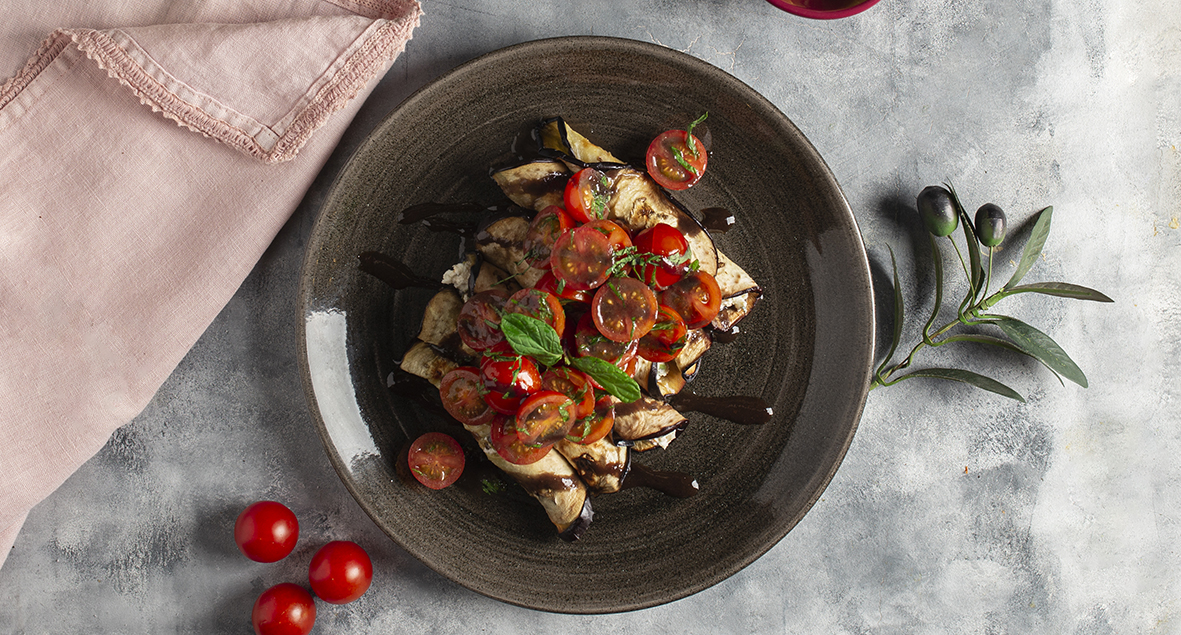Eating Lebanese Food

Lebanon is often called the cradle of civilisation and it’s easy to see why when you visit. A vast history stretching back thousands of years and a strong sense of who they are as a people stay with you long after you leave.
The one thing you remember most is the hospitality and welcome you are extended, the positivity that people show, and the willingness to ‘give it a go’, whatever ‘it’ may be. But in the evening everybody goes out and has dinner with friends and colleagues. Some nights you may be only 4, and on other nights other folks drop in and you could be a dozen or more, but on every occasion, you all share a huge variety of Lebanese food which varies depending on the region you visit. In the mountains, it is more meat based, on the coast more fish and seafood oriented, but it always about variety and coming together to share the meal between each other.
And this is where Mezze comes in. Mezze is an array of small dishes creating an array of colours, flavours, textures and aromas. This style of serving Lebanese food is less a part of home life than it is of entertaining and eating out (in part because mezze is time-consuming and fiddly to make). Mezze may be as simple as raw or pickled vegetables, hummus, moutabal and bread, or it may become an entire meal consisting of grilled marinated seafood, skewered meats, a variety of cooked and raw salads and an arrangement of desserts eaten in successive waves. Lebanese flat bread (khobez) is a staple to every Lebanese meal and can be used in place of a fork.
The essential ingredient in all of this is that the array food is shared by all the guests at the table. Eating is by consensus!
In Lebanon, this is the only way you can eat when you go to a Lebanese restaurant.
When do you serve the individual’s starter and main course if the rest of the group are only having a dozen-or-so mezze for their whole meal? And how do you manage this when everybody else in the restaurant is ordering lots of mezze? There are only so many places on the stove to produce all the food and the chefs are busily producing dozens of dishes for dozens of guests simultaneously.



